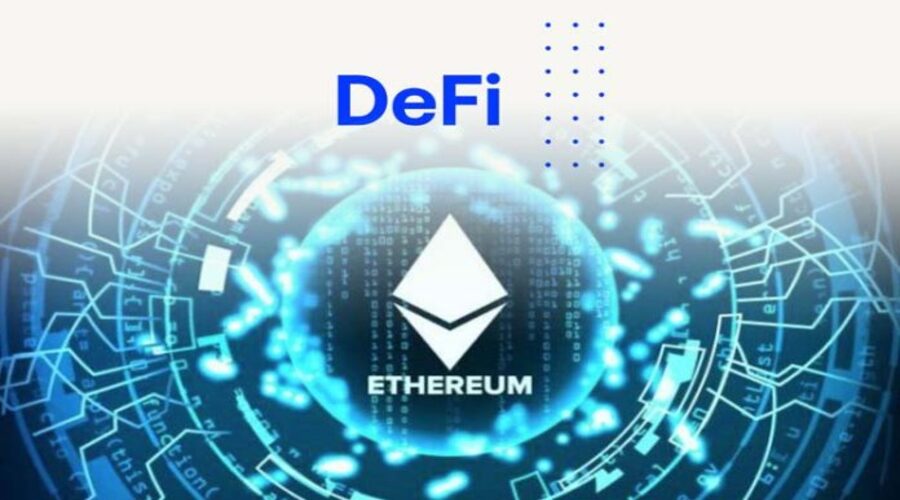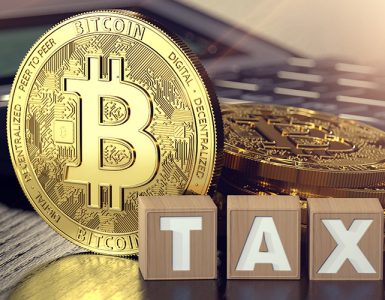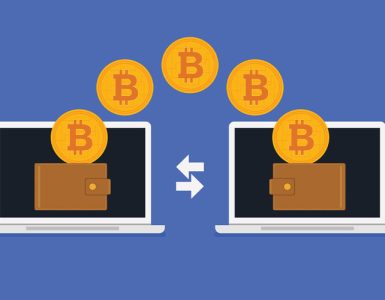Introduction to DeFi on Ethereum
Decentralized Finance, commonly known as DeFi, is a blockchain-based financial system that allows for peer-to-peer transactions without intermediaries. The DeFi ecosystem is built on the Ethereum blockchain, which is a decentralized, open-source platform that enables developers to build decentralized applications (dApps). These dApps can be used for a variety of purposes, such as smart contracts, digital assets, and decentralized exchanges.
DeFi has been rapidly gaining popularity in recent years due to its ability to provide financial services to people who lack access to traditional financial systems. DeFi offers users access to a wide range of financial products, including loans, savings accounts, insurance, and investment opportunities, all without the need for intermediaries.
DeFi Benefits and Advantages
The DeFi ecosystem has several benefits and advantages that make it an attractive alternative to traditional financial systems. These include:
Decentralization:
The DeFi ecosystem is built on decentralized networks, which means that transactions occur directly between users without intermediaries. This makes the system more transparent, secure, and efficient.
Accessibility:
DeFi offers financial services to anyone with an internet connection, regardless of their location or financial status. This is particularly beneficial for people in underbanked or developing countries who lack access to traditional financial services.
Low Fees:
DeFi transactions are typically cheaper than traditional financial transactions because they don’t require intermediaries, such as banks or payment processors.
Transparency:
The DeFi ecosystem is built on open-source code, which means that anyone can audit it to ensure that it is secure and trustworthy.
Innovation:
DeFi is a rapidly evolving ecosystem that is constantly introducing new financial products and services, which can provide investors with high returns.
DeFi Use Cases
DeFi offers a wide range of use cases that can benefit both individuals and businesses. Some of the most popular use cases include:
Decentralized Exchanges (DEXs):
DEXs allow users to trade cryptocurrencies without intermediaries, making them faster, cheaper, and more secure than centralized exchanges.
Lending and Borrowing:
DeFi platforms allow users to lend and borrow cryptocurrencies without intermediaries, providing users with more control over their assets and better interest rates.
Stablecoins:
Stablecoins are cryptocurrencies that are pegged to the value of a fiat currency or commodity. DeFi platforms allow users to trade stablecoins, providing them with a stable store of value.
Insurance:
DeFi platforms offer insurance products that protect users against the risks of smart contract hacks and other types of fraud.
Yield Farming:
Yield farming is a strategy that allows users to earn high returns on their investments by providing liquidity to DeFi platforms.
DeFi Risks and Challenges
While DeFi offers many benefits, it also comes with several risks and challenges that users should be aware of. Some of these include:
Smart Contract Risks:
Smart contracts are self-executing contracts that are programmed to execute automatically when certain conditions are met. If a smart contract has a vulnerability, it can be exploited by hackers, resulting in the loss of funds.
Liquidity Risks:
DeFi platforms rely on liquidity to function properly. If there is a lack of liquidity, it can lead to price volatility and increased risks for investors.
Regulatory Risks:
DeFi is a relatively new industry that operates in a regulatory gray area. As a result, there is a risk that regulators may introduce new regulations that could restrict the growth of the industry.
User Error:
DeFi platforms require users to have a certain level of technical expertise. If users make mistakes when using these platforms, they could lose their funds.
Market Volatility:
DeFi platforms are subject to market volatility, which means that the value of cryptocurrencies can fluctuate rapidly, resulting in significant gains or losses for investors. This can be particularly challenging for new investors who may not have a deep understanding of the market and the risks involved.
Security Risks:
DeFi platforms are built on decentralized networks, which means that they are vulnerable to hacks and other security breaches. These risks can be mitigated by using secure wallets and smart contracts, but there is always a risk of a security breach.
Interoperability Challenges:
DeFi platforms are built on different blockchains, which can make it challenging for users to move their assets between different platforms. This can result in a lack of liquidity and increased risks for investors.
Despite these risks and challenges, DeFi is still a rapidly growing industry that is attracting increasing interest from investors and developers alike.
DeFi Future and Trends
The future of DeFi is bright, with many experts predicting that it will become the future of finance. Some of the trends and developments that are likely to shape the future of DeFi include:
Increased Adoption:
As DeFi becomes more mainstream, we can expect to see more users and investors adopting DeFi platforms and products.
Integration with Traditional Finance:
DeFi is likely to become more integrated with traditional finance, with banks and financial institutions adopting DeFi technologies and solutions.
Layer 2 Solutions:
Layer 2 solutions, such as Ethereum’s Optimism and Arbitrum, will enable DeFi platforms to process transactions more efficiently and cheaply.
Cross-Chain Interoperability:
Cross-chain interoperability solutions, such as Polkadot and Cosmos, will enable users to move their assets between different blockchains more easily.
Increased Regulation:
As DeFi becomes more mainstream, we can expect to see increased regulation from governments and financial regulators.
Conclusion:
DeFi is a rapidly growing industry that offers many benefits and advantages over traditional finance. It is built on decentralized networks that enable peer-to-peer transactions without intermediaries, making it more accessible, transparent, and efficient. DeFi offers a wide range of use cases, including decentralized exchanges, lending and borrowing, stablecoins, insurance, and yield farming. While DeFi comes with several risks and challenges, the future of DeFi is bright, with increasing adoption, integration with traditional finance, layer 2 solutions, cross-chain interoperability, and increased regulation likely to shape the industry in the coming years.





